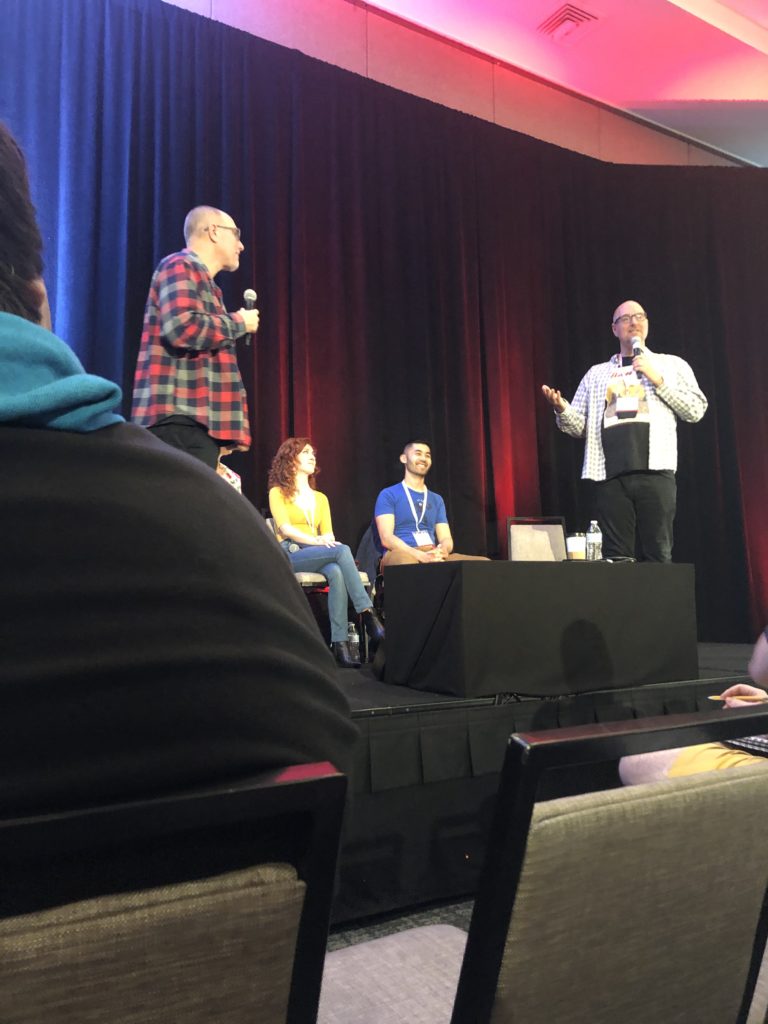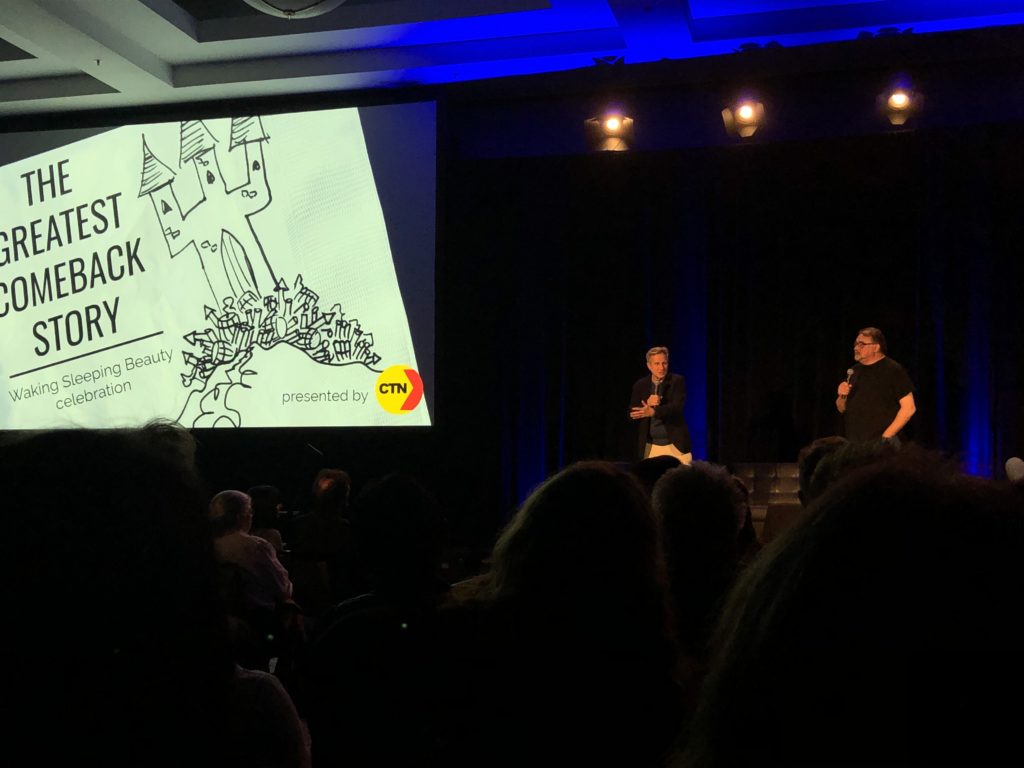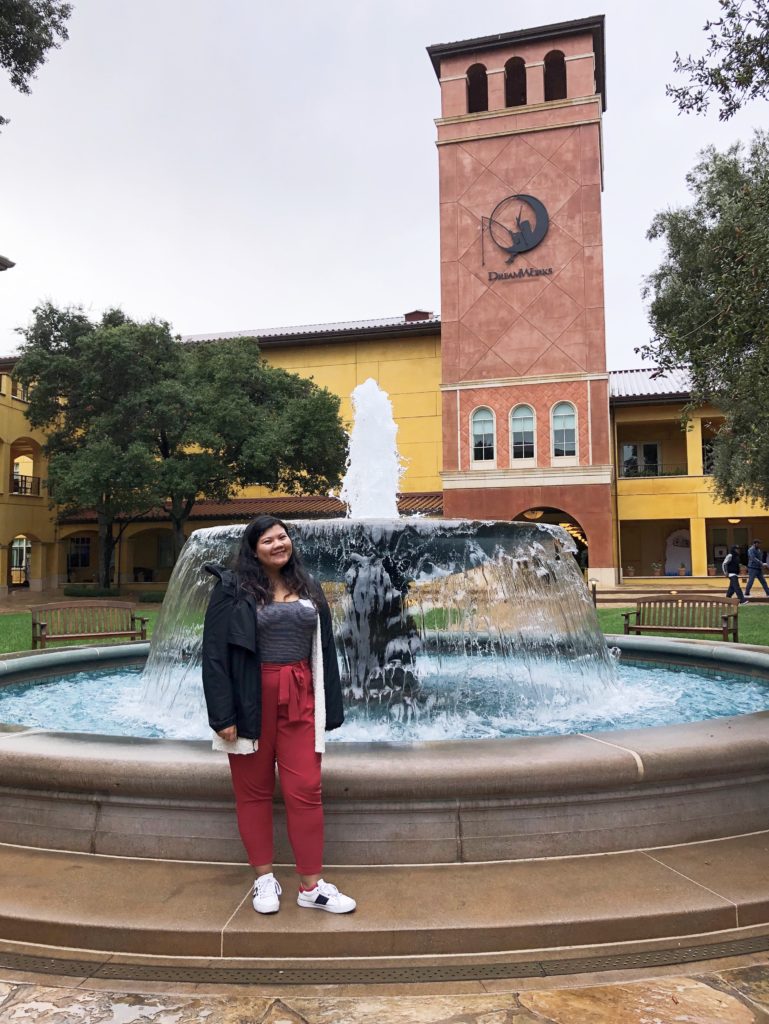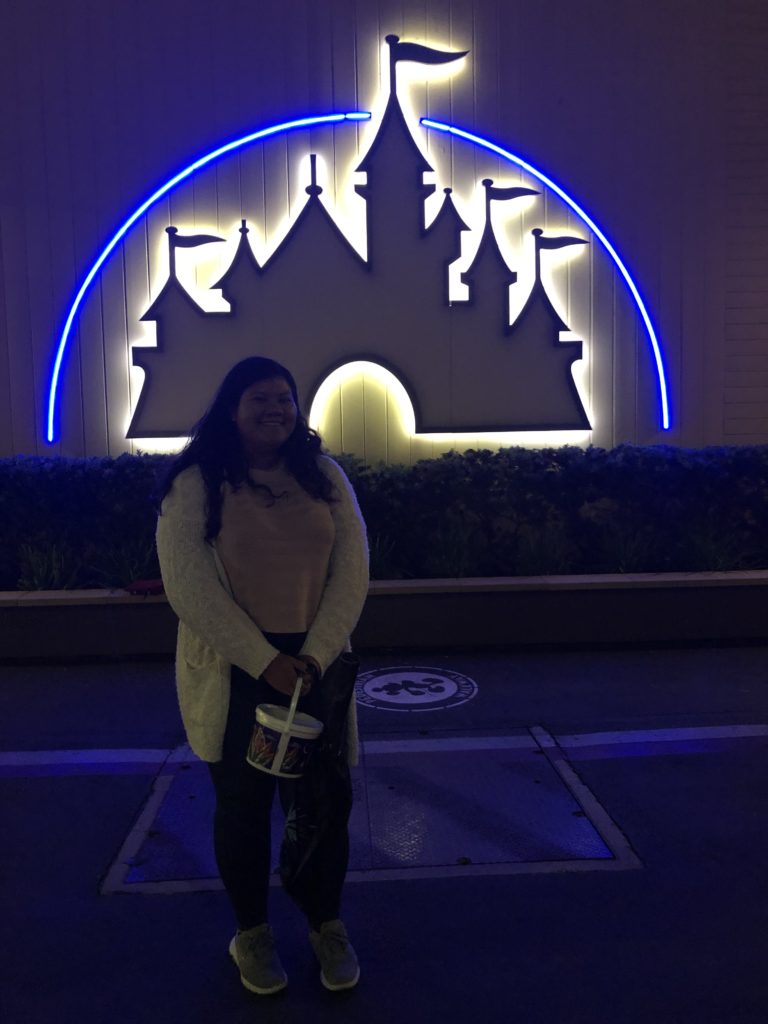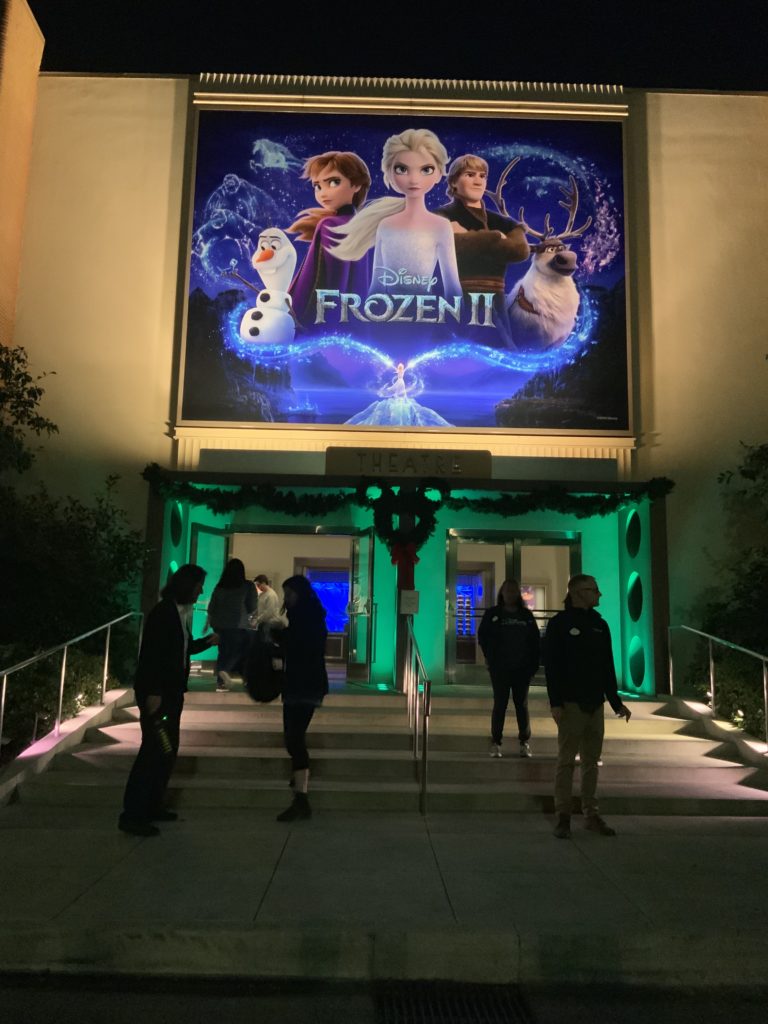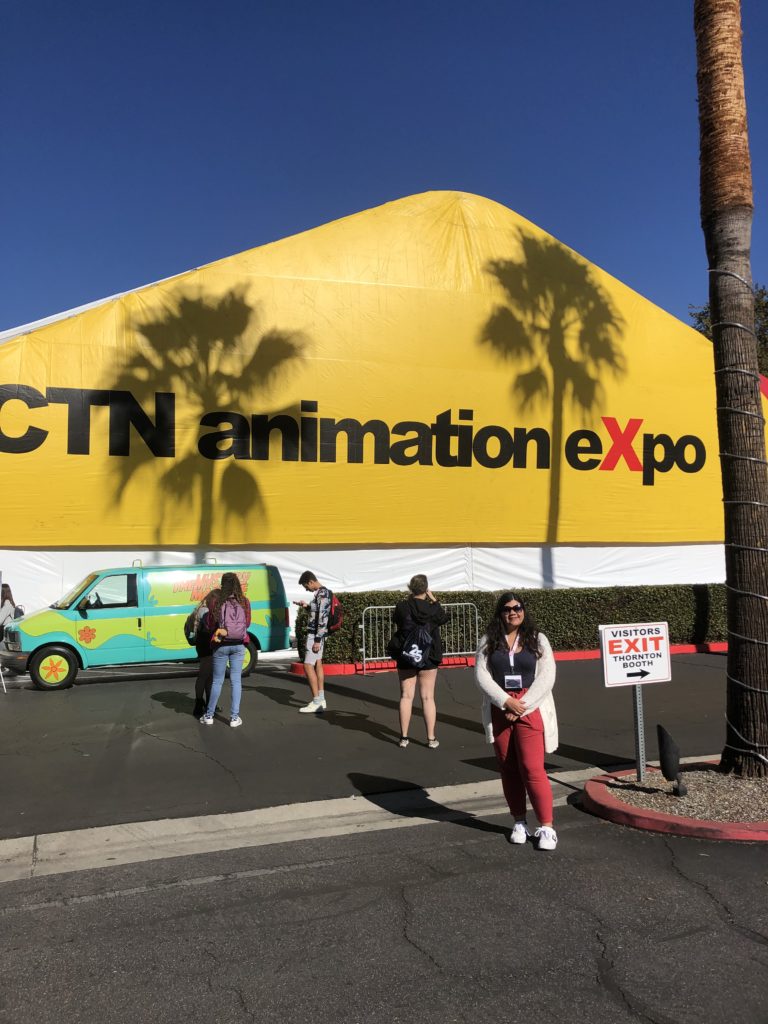For my third prototype, I spent most of my time reworking my story and figuring out what ideas can stay or what must change now that I’ve been researching a new program to use. I will be sticking to Quill to create the paintings and animations I need to tell the story; Unity may be optional if I have time to program any extra features that Quill may be limited in. I know there’s a way to export the paintings I create in Quill, so it can be an option. I know what I want the environment to feel like and the kinds of moods I wish to depict based on different turning points in the script, so I’m hoping once I get into the Oculus (Rift/ Rift S/Quest, depending on what I can get hold of), it won’t take me long to start mapping out what I’m doing. I’ve been working on editing the script to be as short as it can to allow users the option to get the point of the story in about 10 minutes, and maybe others can search around the environment more to get more details of the story if they wish. I know with the way I can configure the audio in Quill, I can probably make extra storylines play if the user decides to walk off the typical path to hear more about each stage. I have a breakdown of an outline of what points need to be made within the storyline to represent the “typical” cycle of abuse. I’m reworking the story to make sure it focuses on that gray area people seem more concerned about where the user may not realize the events are considered abusive, just like the main character during the relationship. I’ve also looked at poems and even slam poetry to see how people tell stories like this in a short amount of time. I’m leaning towards letting the user explore as much as they want to find out more, like if someone wanted to explore more examples of subtle gaslighting, while also having a way to hear most of the important details and main points of the story in a short time. It would all depend on how interested the person is in the story and learning more about what it is like.
Elevator Pitch:
“I am creating a Virtual Reality experience to show what being intimate partner violence can be like and how it can affect a person long-term. I want to bring awareness to the situation, how serious it is, and the effects it has on a person, even in a short amount of time. Any kind of intimate partner violence can affect a person for years, mentally, financially, academically, and in their careers. In the VR experience, the user will be exploring a forest environment that will change as they progress in the story and hear more about the main character’s life and what she went through. It is based on true events, so there are real stories behind this idea to show what going through intimate partner violence can be like.”
